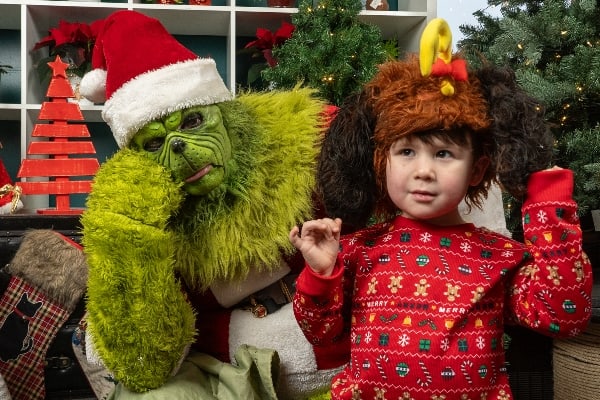It seems to be that time of year again, when people want to give presents to friends.
It’s also that time of year to really think about what they’re giving and what the gift really entails. A tie or a pair of earrings can be used or put in a drawer. They can even be re-gifted and most aren’t likely to know.
But a pet is a much more serious thing to give. It can’t be hidden away or put in a drawer, and re-gifting will likely be obvious and very unfair to the pet.
Pets are a lifetime gift. Theirs!
Pets can be expensive, time consuming, and a huge commitment. They are also fun, and a very valuable addition to someone’s life. But the pet has to be one that is genuinely wanted and something that the recipient wants.
My best advice is to stay with the ties and earrings unless it is a very special circumstance.
Purebred dogs and cats are fine if they are for a specific purpose or hobby. Our Dobermans are specifically for service work, something Dobermans are very good at.
I used to breed Sphinx cats. But the best way to choose a pet is to go down to an animal shelter and let the pet choose you.
There’s an ad on TV that illustrates this and it’s very true. At its best, it’s a mutual choice at best. I’ve seen too many people who really don’t like their pets, and just as many pets that aren’t too keen on their humans.
So why do people think they can get into this mix and not be taking a big chance?
I had clients in Ontario who brought in a cute little puppy. I asked them how big their house was. They lived in an apartment. I figured the apartment had direct outside access. No, they lived on the 17th floor of a high-rise.
When they finally asked why I was asking these questions about their lifestyle and this cute little dog they were given, I finally had to tell them what they had. It wasn’t a sweet little dog, at least not yet. It was an eight-week-old Irish wolfhound.
I never saw them or the dog again.
I have a friend who wanted a pet for his two sons. He wanted something small that was easy to care for while the kids were young, since a dog was likely too much work at that age. I suggested a guinea pig – easy to handle, gentle, etc.
Amazingly, the guinea pig was going for the longevity record when the two boys left for university and may still be hanging around with the Energizer bunny. I’m afraid to ask.
People need to choose their own pets and while vets can give sweeping suggestions, they, too, should stay out of it.
I did get a question last week about chickens. While not usually a Christmas topic, some may be thinking of getting into chickens in the spring.
This is very topical in some Canadian cities, including Whitehorse, and I’ll sure stay out of that debate. They’re easy to raise and provide good meat and eggs for the urban farmer.
But one bit of advice I do have to pass on. The Cornish Giant is a common meat breed down in the sunny south. They grow very fast, are ready for market early and it just makes sense to look for these traits in a meat bird.
But there’s one major problem here.
The Cornish Giants tend to grow faster than their hearts and they are very susceptible to heart failure. When you put any kind of stress on them, it’s worse.
I had too many clients who had Cornish Giants and lost many birds to heart failure. Overfeeding is a big problem, but to restrict the feeding and slow the growth of a bird that you’ve chosen for its fast growth seems a bit counter-productive.
I even saw one client who did fairly well at a farm in Whitehorse, but started to lose birds as soon as they moved up to Fish Lake.
Altitude is a big player here. Whitehorse can be a problem. Go higher, even a bit, and the problem is magnified.
And don’t think that these birds will produce much in the way of eggs. At a low altitude, stress-free, with restricted feeding, you can get them to egg production. This is mostly for chicks, of course. But for eggs at home, this sure isn’t the breed for you.
For egg production, there are a number of choices of good breeds. Most will come into production around 20 weeks according to weather, etc. They will lay well for about a year and then start to decline in production after that.
Many will keep them going for several years if production isn’t the biggest priority. But remember that at some point you have to “upgrade” the flock. So what do you do with the ones being replaced?
After a few years, there’s a big limitation on what you can do. There’s a recipe for seagull that probably is the best use.
Put the bird and a large rock in a pot of water and simmer for six hours. Then you throw the bird out and eat the rock. It’s likely much more tender…




